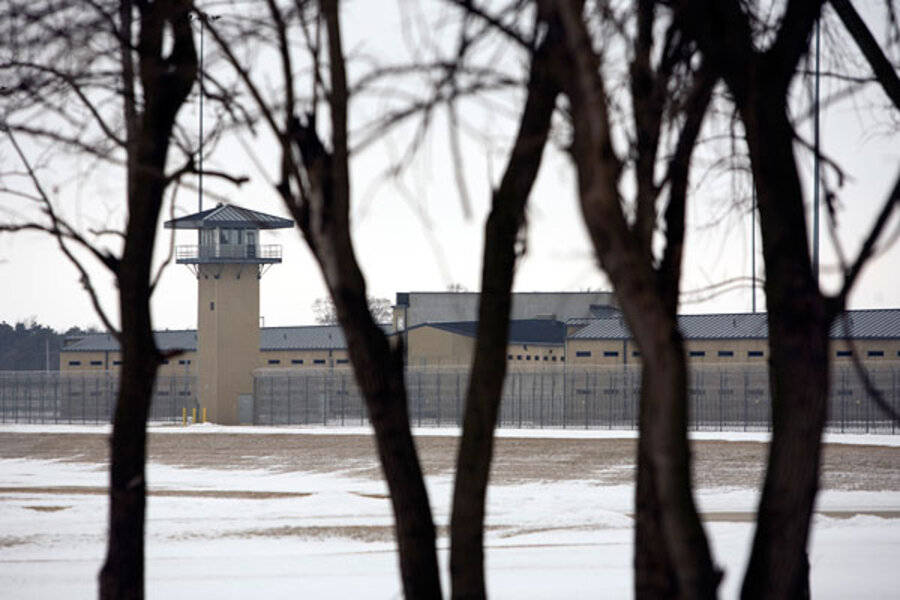A. The Obama administration developed a multifaceted plan to close Guantánamo. First, eligible detainees would be transferred to their home country where they could be released or would continue to be detained, depending on individual circumstances.
Second, certain terror suspects at Guantánamo were to be transferred to the criminal justice system to face trial in American courts. If convicted, they would serve their terms in a maximum security federal prison.
Third, a group of Al Qaeda suspects deemed too dangerous to release but too risky to put on trial would be held indefinitely without charge. The administration purchased an empty state prison in Illinois to house these and any other transfers from Guantánamo who could not be released or put on trial.
The plan was derailed by Republicans and some Democrats in Congress who objected to bringing Al Qaeda suspects onto US soil where they would immediately be entitled to constitutional protections not available at Guantánamo. They are enforcing a ban on Guantánamo transfers through amendments tacked onto the annual defense appropriations bill.





